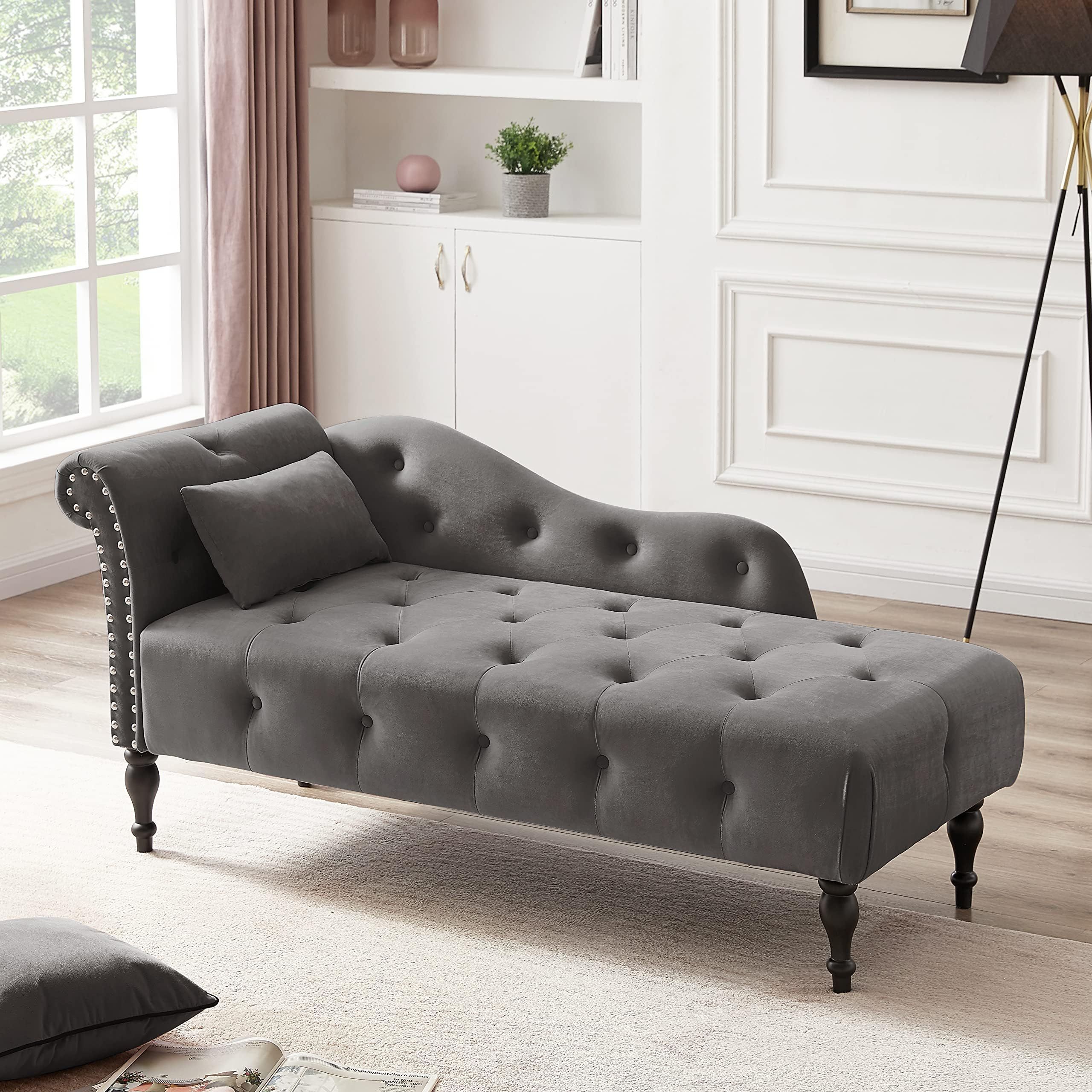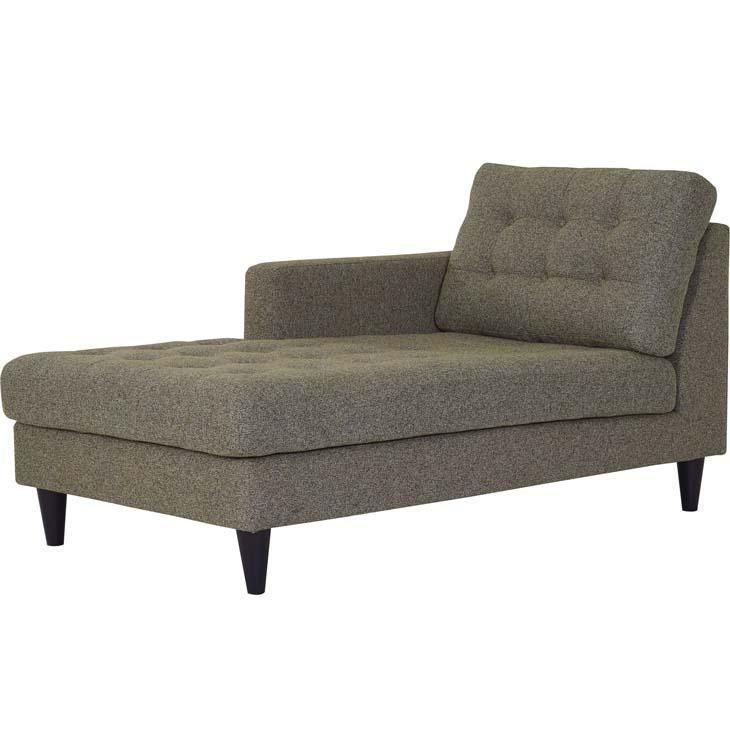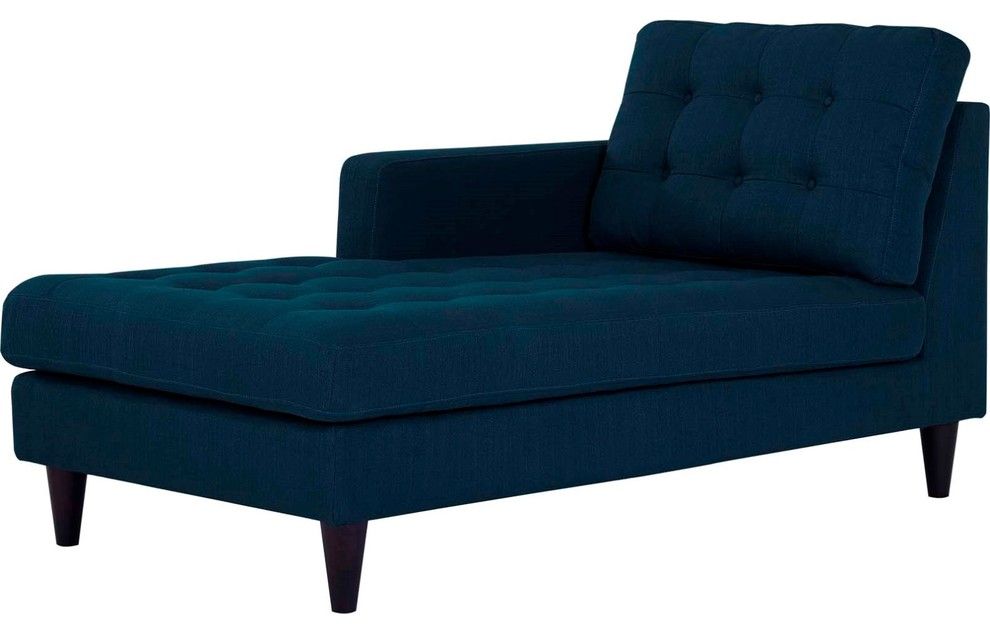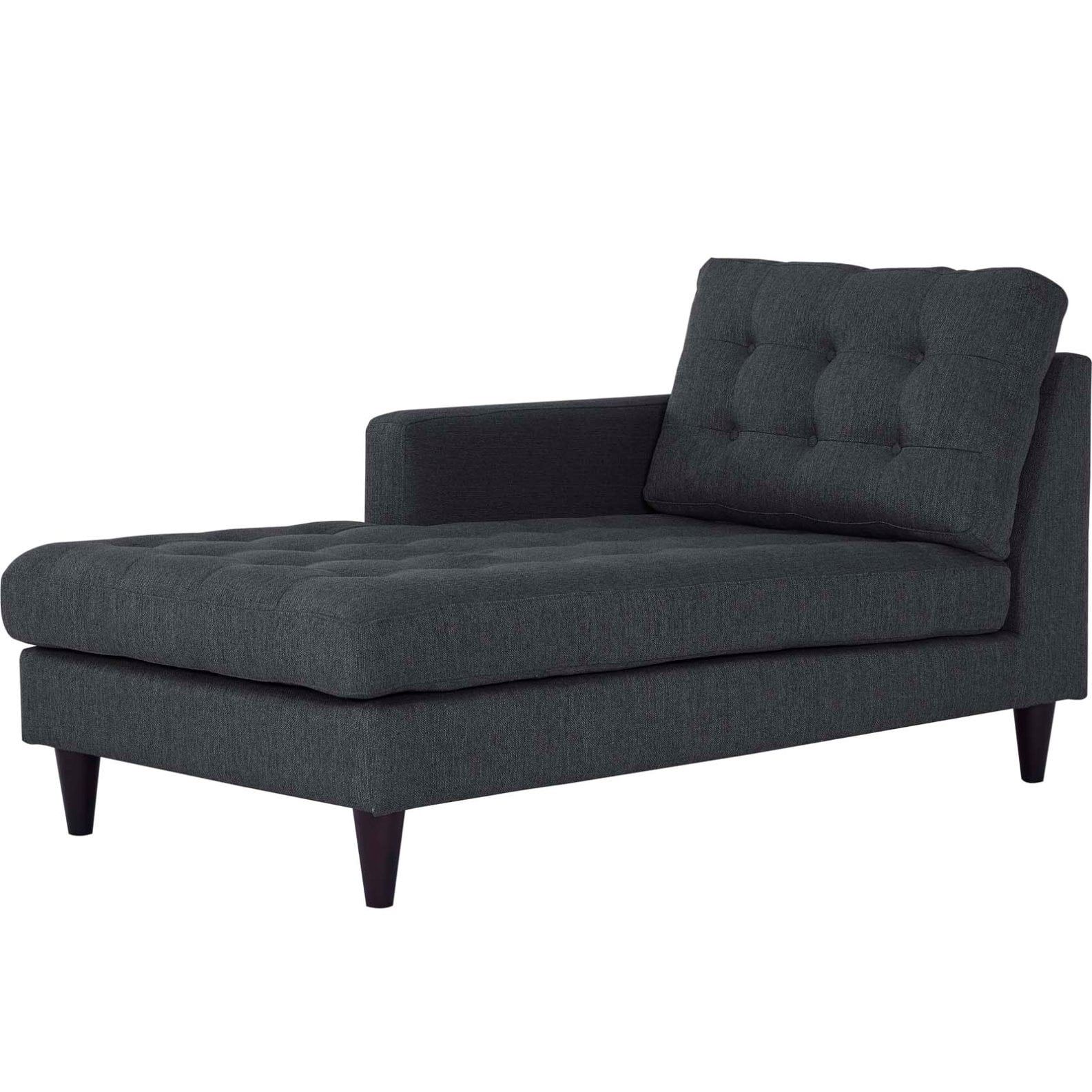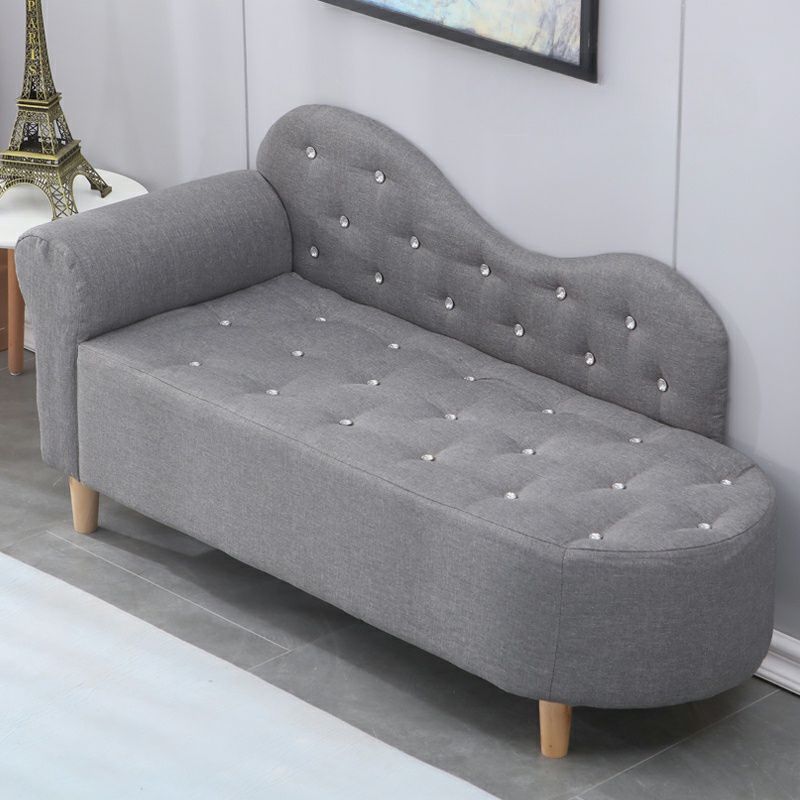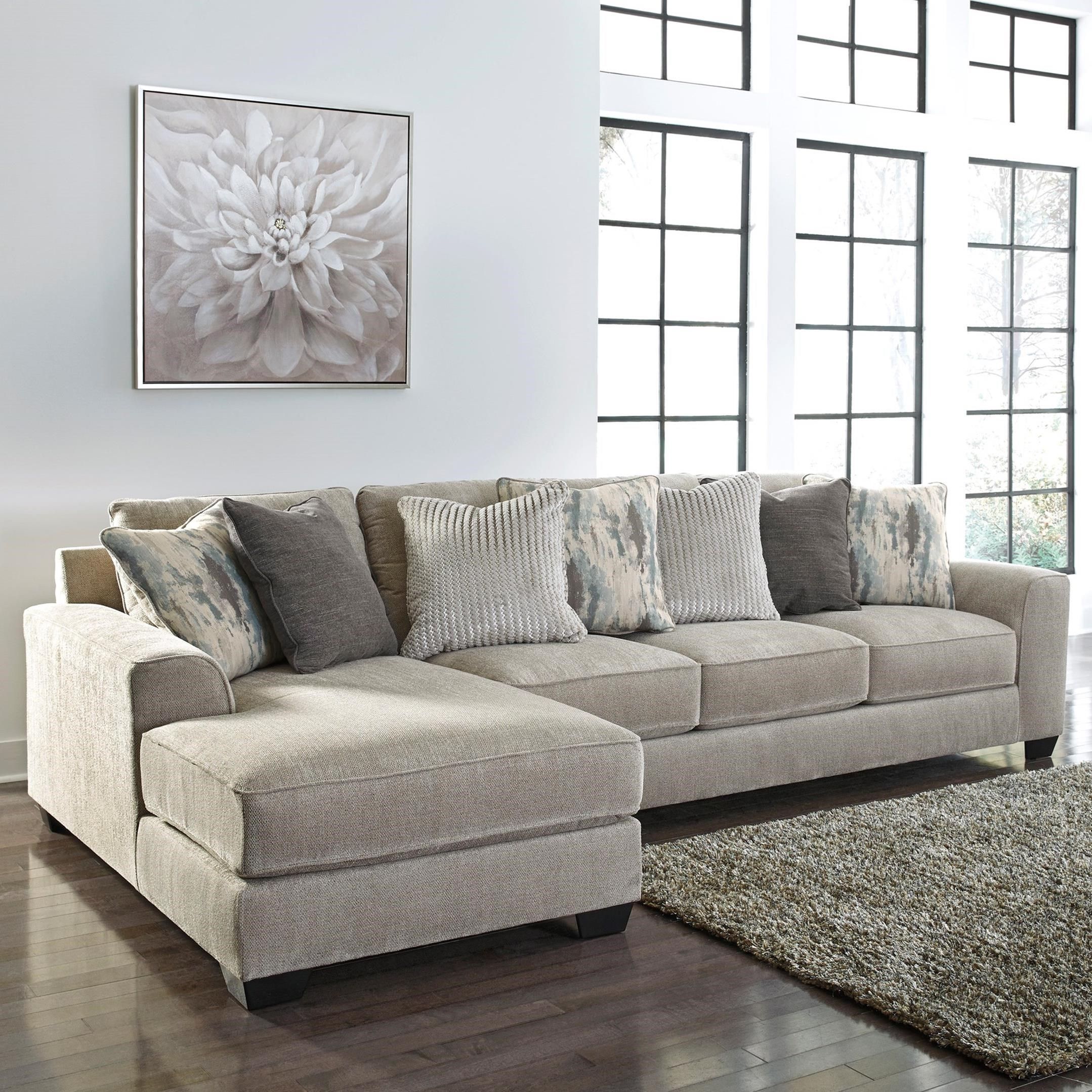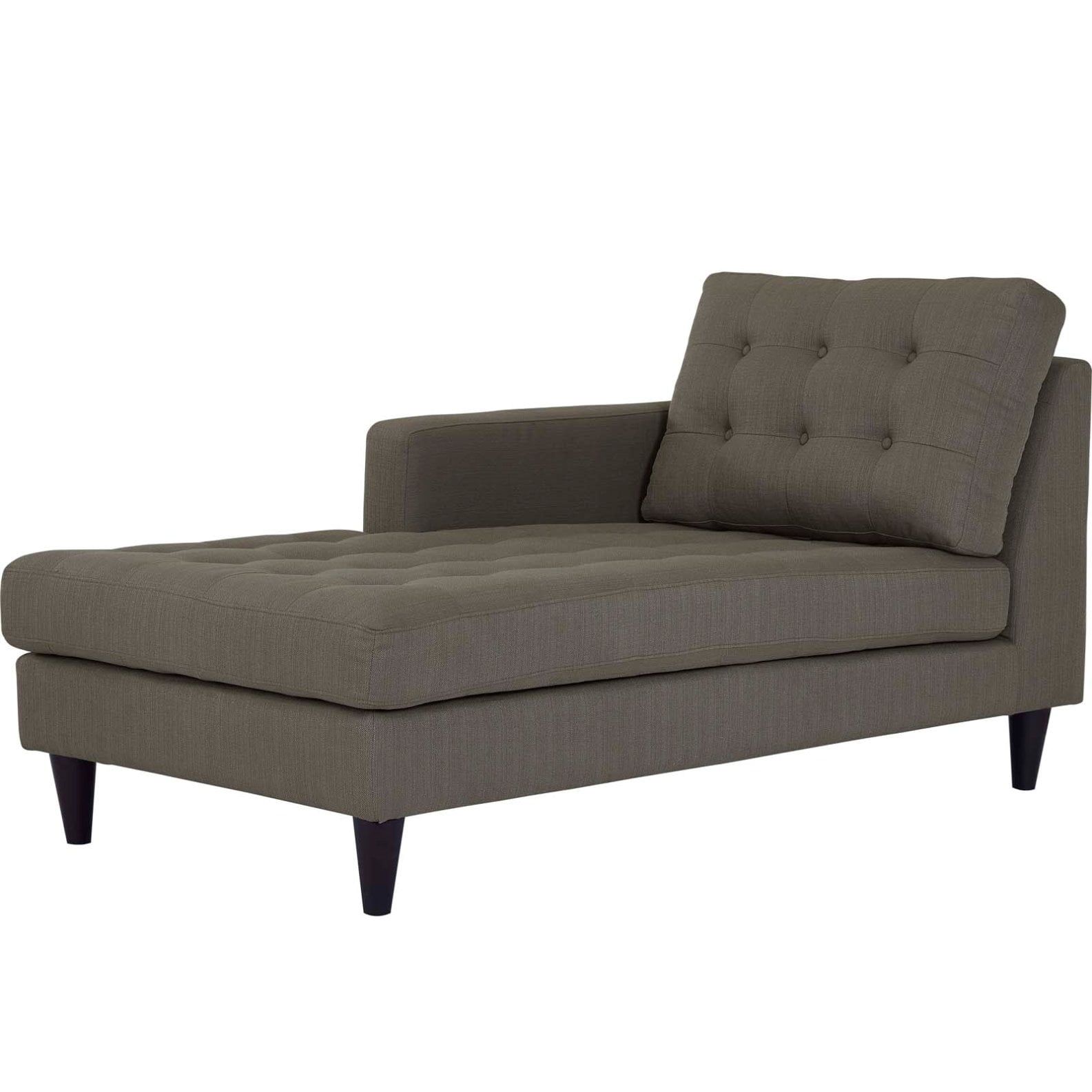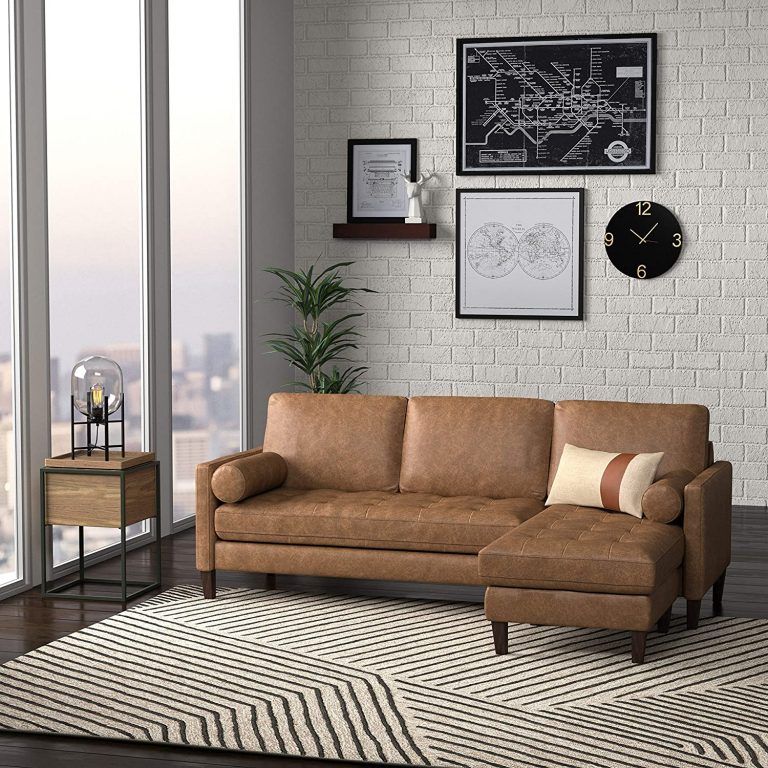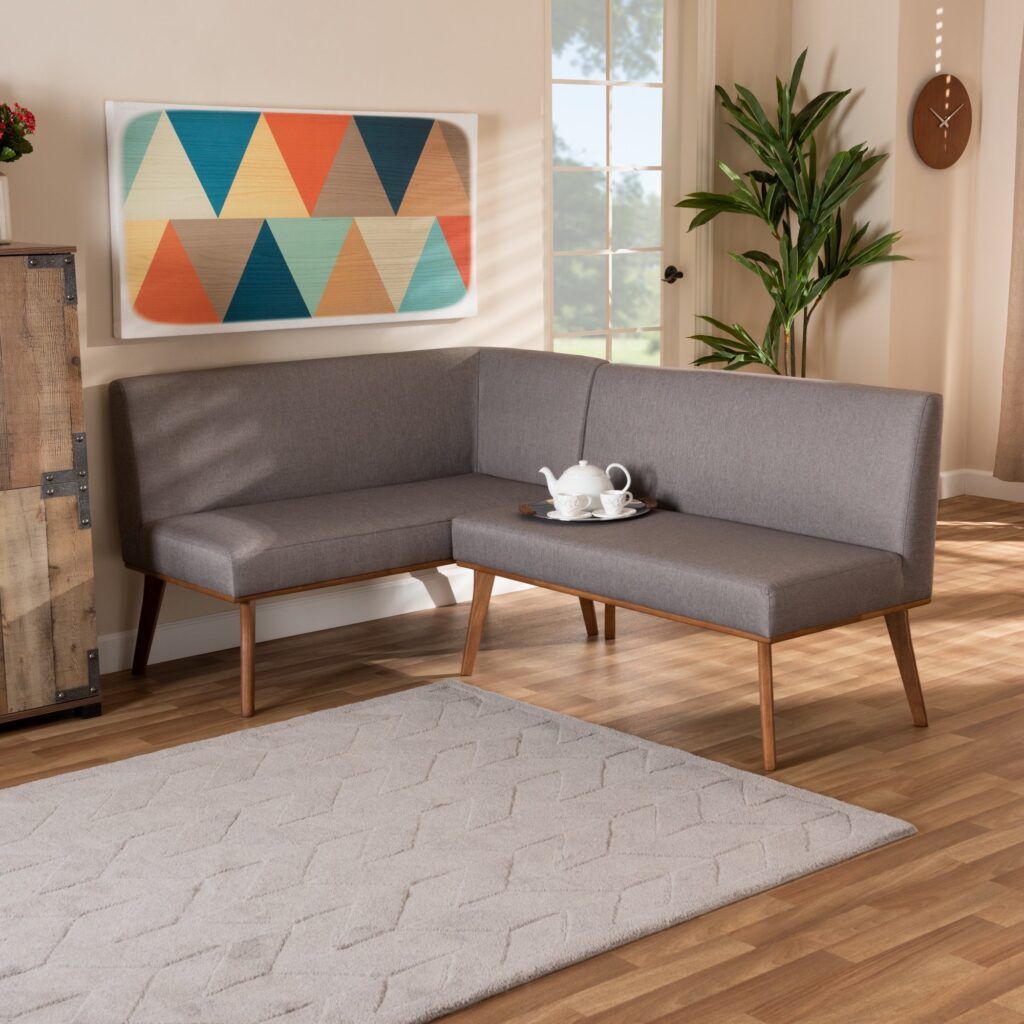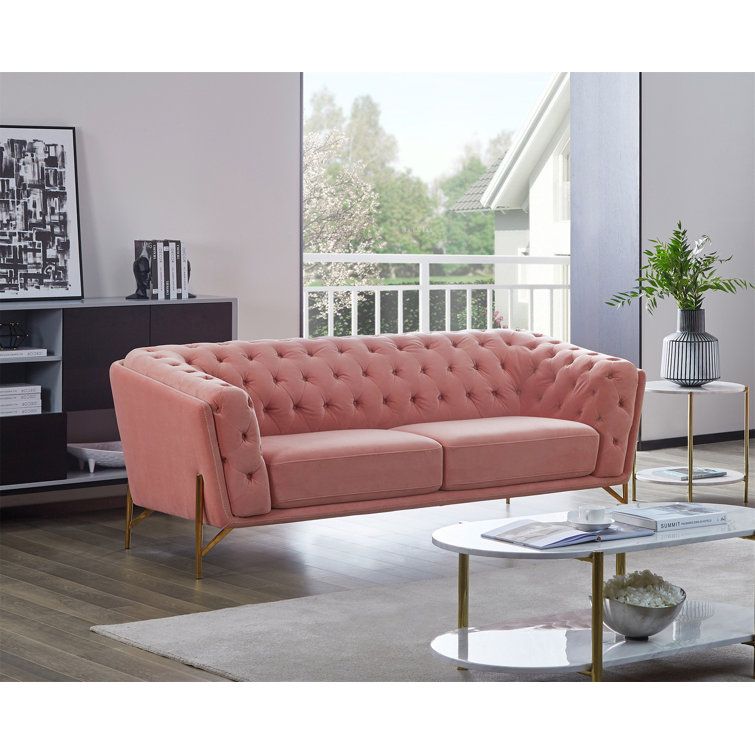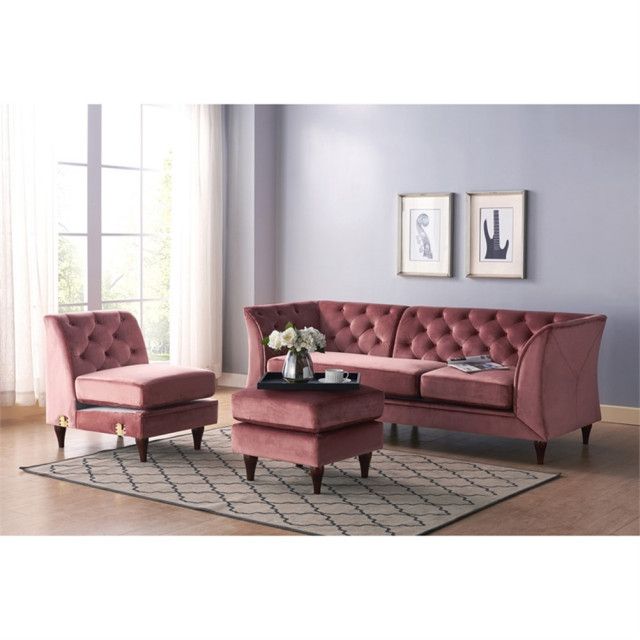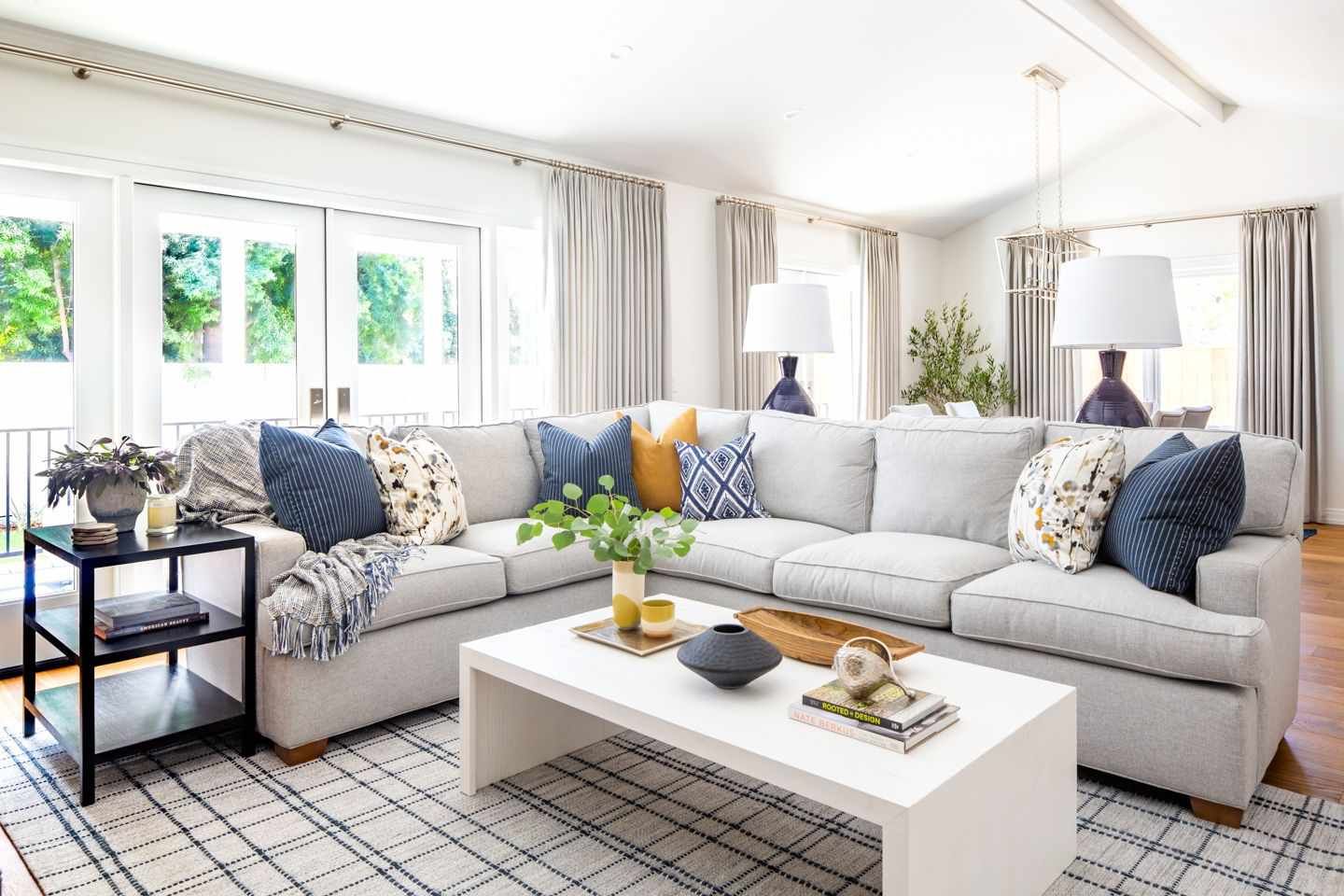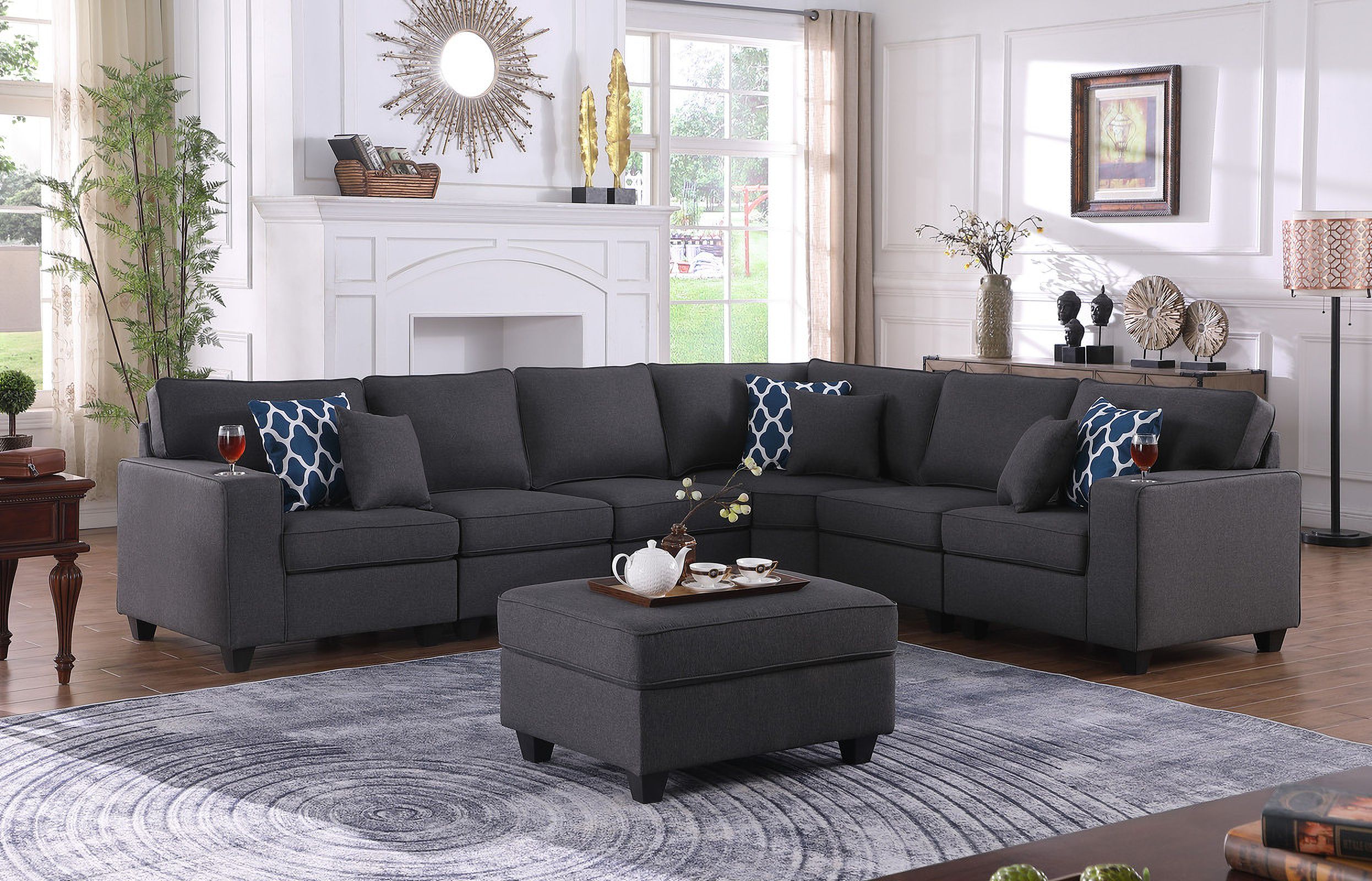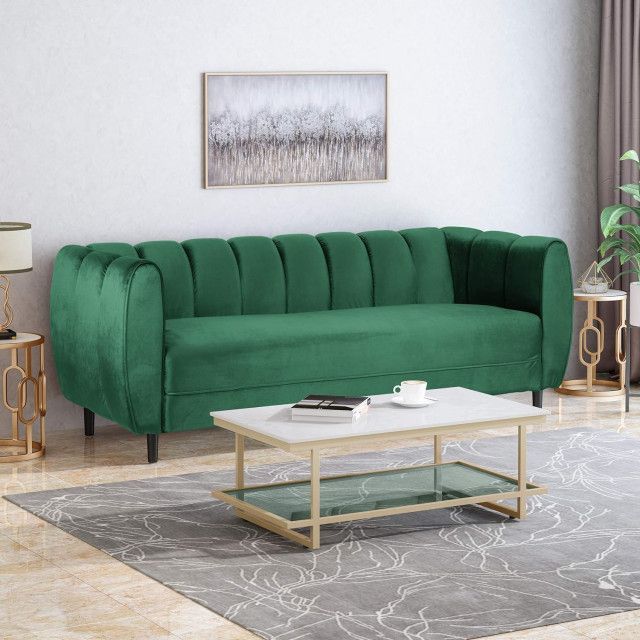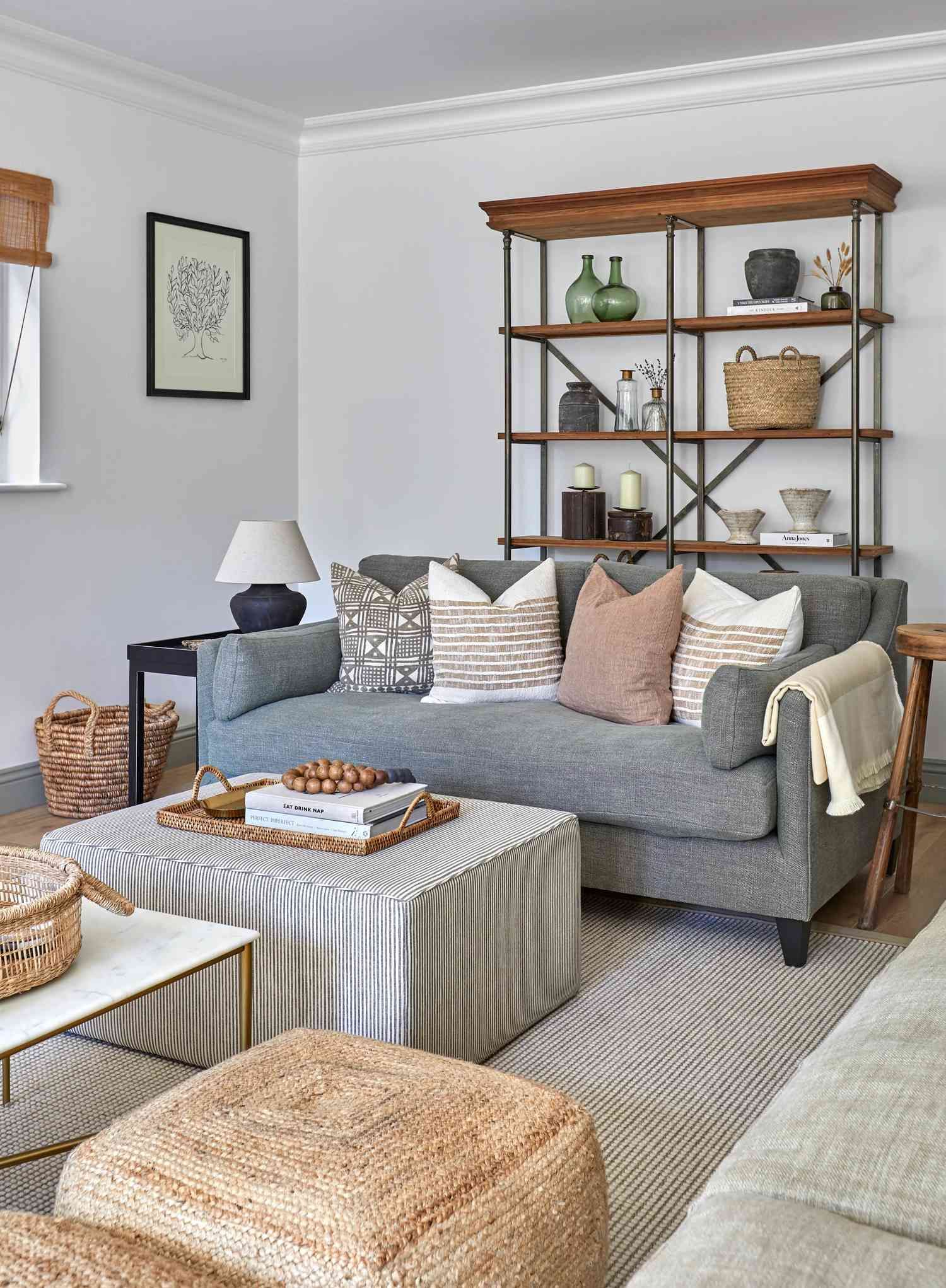Selecting the right fabric for your left-arm chaise can feel a bit overwhelming, can’t it. But don’t fret. This guide is here to help you navigate the world of gray fabrics, from the subtle nuances of different tones to the practical considerations of texture and durability. We’ll break things down, making the process easy and, dare I say, fun. I’ve had my share of design projects, and I’m happy to share my know-how with you. Let’s get started and create the perfect oasis of comfort and style.
Your left-arm chaise is more than just a piece of furniture; it’s a statement. It is a spot for unwinding, reading, or simply soaking up some sunshine. And, the fabric you select plays a huge role in its look and feel. Gray, with its versatility and enduring charm, is an excellent choice. However, not all grays are created equally. This guide will walk you through the ins and outs of choosing the perfect gray fabric, considering everything from the shade and texture to the intended use and your personal style. Let’s find the perfect fabric to complement your lifestyle.
Understanding Gray Tones: Cool, Warm, and Neutral
Gray comes in a spectacular array of tones, each with its own character. Understanding these tones is the first step toward finding the ideal match for your space.
- Cool Grays: These grays have blue or green undertones. They often feel modern and fresh, working well in spaces with a contemporary vibe. Think of a crisp, overcast day.
- Warm Grays: Warm grays feature yellow or brown undertones, giving them a cozy, inviting feel. They’re perfect for creating a more relaxed and welcoming atmosphere, similar to a warm, sunny afternoon.
- Neutral Grays: These are the chameleons of the gray world. They don’t lean too heavily toward any particular undertone, making them incredibly versatile. They can adapt to a variety of design styles and color palettes, like a blank canvas ready for your design choices.
Actionable Tip: Hold fabric swatches up against your existing decor to see how the gray interacts with the other colors in the room. Pay close attention to how the light affects the color – it can change dramatically throughout the day.
Exploring Fabric Textures: Smooth, Textured, and Everything In Between
The texture of your fabric impacts both the appearance and the feel of your chaise. Different textures offer different levels of comfort, durability, and style.
- Smooth Fabrics: Fabrics like linen or cotton blends provide a clean, understated look. They are often easy to clean and maintain, which is a plus. Their simplicity works well in minimalist or modern settings.
- Textured Fabrics: Fabrics such as chenille, tweed, or bouclé add visual interest and depth. They can create a more luxurious and inviting feel. Be mindful that textured fabrics can sometimes be more challenging to clean, and they might snag more easily, but they do add charm.
- Performance Fabrics: If you have kids, pets, or simply want a low-maintenance option, performance fabrics are your best bet. These are often stain-resistant, water-repellent, and durable. Think of fabrics like Crypton or Sunbrella. They come in a variety of textures and tones, so you don’t have to compromise on style for practicality.
Real-World Example: I once used a textured gray chenille on a chaise for a client with two playful dogs. It hid the occasional paw print better than a smooth fabric, and it was still soft and comfortable.
Considering Durability and Functionality: Your Lifestyle Matters
The durability of your fabric is critical, especially for a piece of furniture that will see daily use. Think about how you use your chaise.
- High-Traffic Areas: If your chaise is in a high-traffic area (living room, family room), choose a fabric with a high rub count (a measure of durability). Look for fabrics that are specifically designed for heavy-duty use.
- Pet Owners: If you have pets, select a fabric that is pet-friendly. This means it should be resistant to scratches, easy to clean, and ideally, repel pet hair. Performance fabrics often fit the bill here.
- Sun Exposure: If your chaise is near a window, consider a fabric that is UV-resistant to prevent fading over time. Sunbrella fabrics, for example, are excellent for this.
Practical Tip: Always read the care instructions for the fabric. Some fabrics require professional cleaning, while others can be spot-cleaned at home. Knowing this information upfront can save you headaches later.
Matching Gray to Your Décor: Color Palette Harmony
Gray is a versatile color, but it’s important to consider how it will work with the other colors in your space.
- Neutral Color Palettes: Gray works beautifully with other neutrals like white, cream, and beige. This creates a calm, sophisticated look. You can add pops of color with throw pillows, blankets, and artwork.
- Bold Color Palettes: Gray can be a great base for more vibrant colors. It provides a grounding effect, preventing the room from feeling overwhelming. Think of pairing a gray chaise with bright yellow, teal, or coral accents.
- Monochromatic Schemes: Using different shades of gray can create a sleek and modern look. Layer different textures and patterns to add visual interest.
Design Insight: Don’t be afraid to experiment with different combinations. The key is to create a balanced and harmonious space.
Fabric Swatches and Lighting: The Importance of Testing
Before committing to a fabric, always, always, get swatches. Seeing the fabric in your space, under your lighting conditions, is essential.
- Natural Light: Observe the fabric in natural light during different times of the day. This will give you the most accurate impression of its true color.
- Artificial Light: Also, check the fabric under artificial light (lamps, overhead lights). Different light sources can affect how the gray appears.
- Compare and Contrast: Place the swatches next to your existing furniture, walls, and flooring to see how they interact. This will help you ensure that the gray complements your existing decor.
Pro Tip: Order swatches from multiple fabric suppliers to compare the options and find the perfect match for your needs. You can even tape the swatches to your chaise and live with them for a few days to get a feel for how they look and feel in your space.
The DIY vs. Professional Upholstery Decision
Deciding whether to reupholster your chaise yourself or hire a professional is an important step. Consider the following:
- DIY Upholstery: This can be a cost-effective option if you’re handy and enjoy a DIY project. However, it requires time, patience, and some basic skills. There are plenty of online tutorials available.
- Professional Upholstery: Hiring a professional guarantees a high-quality finish and saves you time and effort. This is particularly important if your chaise has a complex design or if you are using an expensive fabric. Get quotes from multiple upholsterers and review their portfolios before making a choice.
Cost Considerations: Factor in the cost of the fabric, tools (if you are doing it yourself), and labor (if you hire a professional). Don’t underestimate the time and effort involved in reupholstering a chaise; it can be a significant undertaking.
Choosing the right gray fabric for your left-arm chaise is a rewarding process that can significantly enhance your living space. By understanding the different gray tones, textures, and durability factors, and by taking the time to test fabric swatches, you can confidently select the perfect fabric to create a stylish, comfortable, and inviting retreat. Remember to consider your lifestyle, your existing decor, and the overall aesthetic you are trying to achieve. With a little planning and attention to detail, you’ll find the ideal gray fabric and transform your chaise into your favorite spot in the house. Happy decorating and enjoy your new, stylish chaise. And don’t be afraid to ask for help or guidance; it’s all part of the fun.
